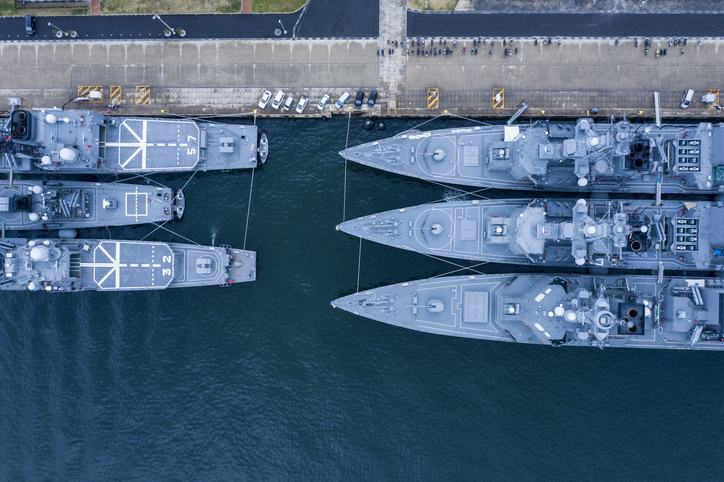The U.S. Navy’s efforts to build a fleet of unmanned vessels are faltering because the Pentagon remains wedded to big shipbuilding projects, according to some officials and company executives, exposing a weakness as sea drones reshape naval warfare.
The lethal effectiveness of sea drones has been demonstrated in the Black Sea where Ukraine has deployed remote-controlled speed boats packed with explosives to sink Russian frigates and minesweepers since late 2022.
Yemeni-backed Houthi rebels have employed similar vessels against commercial shipping in the Red Sea in recent months, albeit without success.
These tactics have caught the attention of the Pentagon, which is incorporating lessons from Ukraine and the Red Sea into its plans to counter China’s rising naval power in the Pacific, Pentagon Spokesman Eric Pahon told Reuters.
In a signal of the Pentagon’s intent, Deputy Secretary of Defense Kathleen Hicks announced an initiative in August – named Replicator – to deploy hundreds of small, relatively cheap air and sea drones within the next 18-24 months to match China’s growing military threat.
This public show of commitment masks years of hesitation by the U.S. Navy to build a fleet of unmanned vessels despite repeated warnings this was the future of maritime warfare, according to interviews with a dozen people with direct knowledge of the U.S. sea drone plans, including Navy officers, Pentagon officials, and sea drone company executives.
Two Navy sources and three executives at sea drone manufacturers said the biggest impediment to progress has been a Department of Defense (DoD) budget process that prioritizes big ships and submarines built by legacy defense contractors.
“At some point, you hit the D.C. problem,” said Philipp Stratmann, CEO at Ocean Power Technologies (OPT), a New Jersey-based firm that supplies the U.S. Navy with the WAM-V, an autonomous surface drone.
“You hit the fact that there is a military-industrial complex that has the best lobbyists and knows exactly how the money flows and contracting works in the DOD.”
A Navy spokesperson said it “acquires capabilities based on fleet demand signals”, referring to the messages headquarters receive from commanders at sea.
The spokesperson said the Navy has a budget of $172 million this year for small and medium-sized underwater sea drones, falling to $101.8 million in 2025. That’s a tiny fraction of the $63 billion Navy procurement budget proposed by President Joe Biden’s administration for 2025.
Military sea drones can range from missile-armed speed boats to minehunting miniature submarines and solar-powered sailboats equipped with high-definition spy cameras, underwater sensors, and loudspeakers used to holler warnings at enemy ships.
But when the Navy has deployed sea drones on reconnaissance missions in recent years, it hasn’t always had the fleet expertise to use them, the two Navy sources said, asking not to be named due to the sensitivity of the matter.
There need to be more Navy sailors trained to pilot drones or to analyze vast swathes of data sent back from the craft’s cameras and sensors, the sources said.
The spokesperson said the Navy was in the process of improving its data collection and analysis from sensors.
Pentagon spokesman Pahon said the DoD has been “laser-focused on accelerating innovation over the last three years”, including the use of sea drones.
Acknowledging budget challenges, Pahon said the Pentagon was using innovative ways to cross “the valley of death”, a term used to describe the torturous approval process new inventions travel through to be purchased in large quantities.
(Reuters)



















